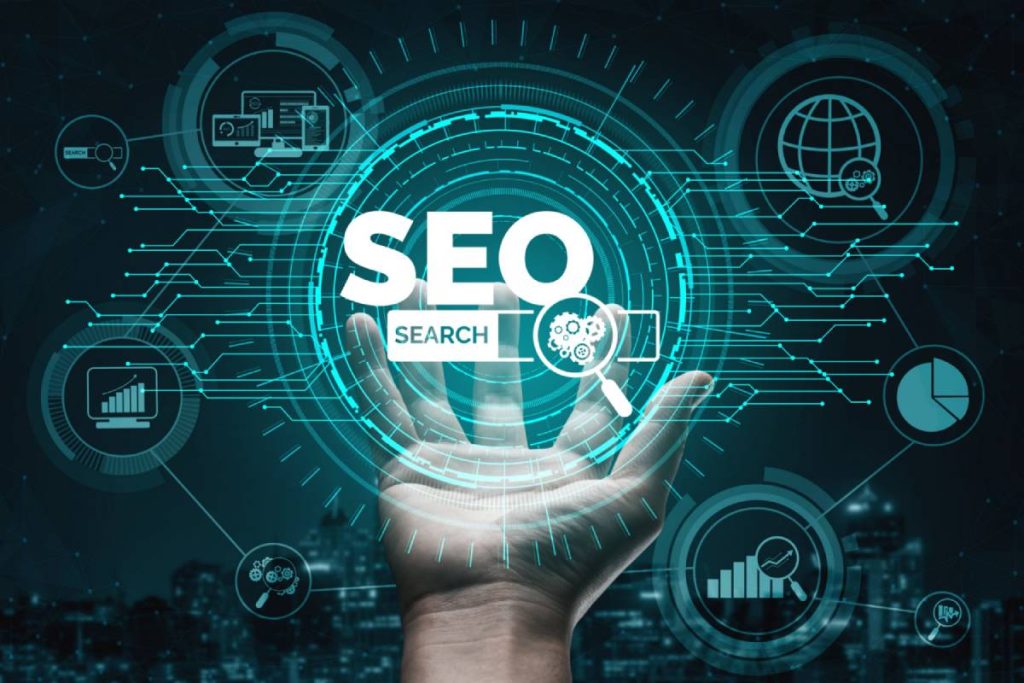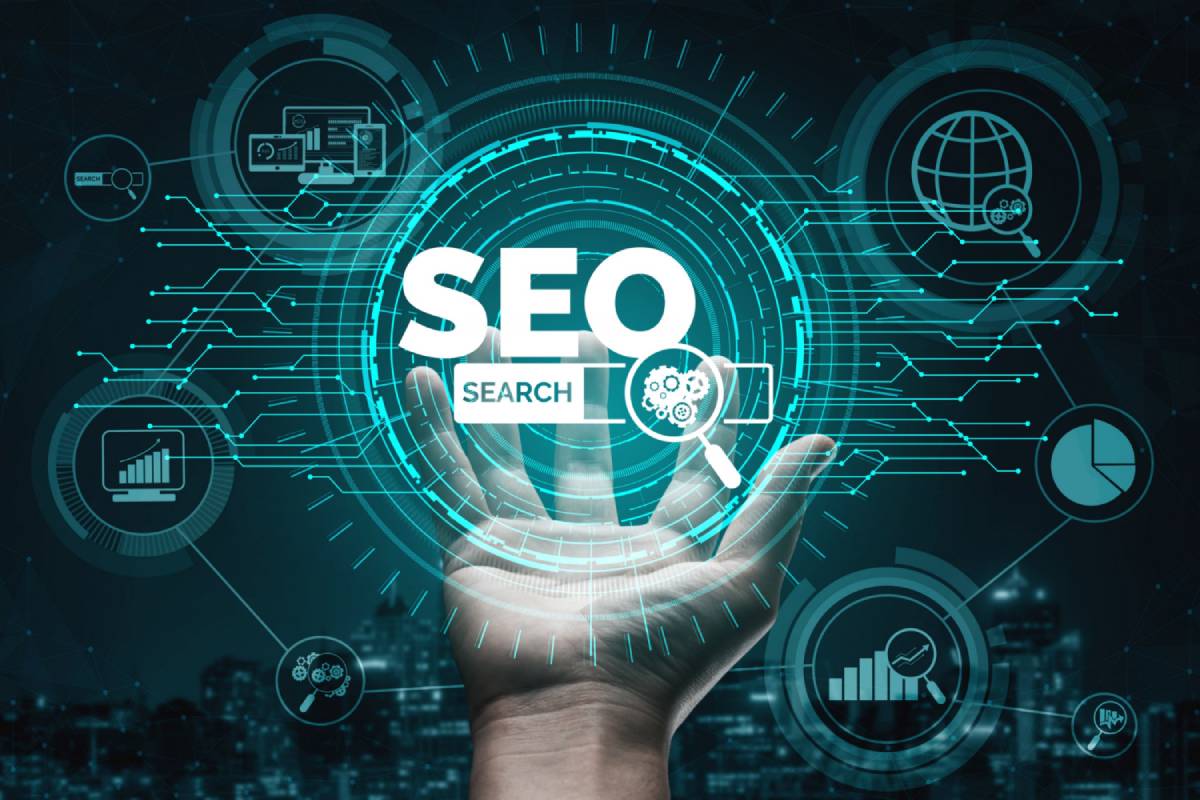Understanding On-Page SEO and Its Importance
On-page SEO is a crucial aspect of any successful digital marketing strategy. By optimizing your website’s content, structure, and HTML elements, you can enhance its visibility on search engine results pages (SERPs). This article will explore key tips for mastering on-page SEO, ensuring your website ranks higher and attracts more organic traffic.
On-page SEO refers to the practice of optimizing individual pages of your website to rank higher and earn more relevant traffic in search engines. It involves both content and technical elements of your website, including meta tags, headings, images, and more. By focusing on on-page SEO, you make it easier for search engines to crawl, index, and understand your website, which ultimately improves its ranking in SERPs.
Keyword Research: The Foundation of Effective On-Page SEO
Keyword research is the cornerstone of on-page SEO. Identifying the right keywords to target allows you to optimize your content for the terms and phrases that your audience is searching for. Use tools like Google Keyword Planner, Ahrefs, or SEMrush to find high-volume, relevant keywords for your content. Once you have identified your target keywords, integrate them naturally into your page content, headings, and meta descriptions. Proper use of keywords helps both users and search engines understand the focus of your page, enhancing your on-page SEO efforts.
Optimizing Title Tags and Meta Descriptions
Title tags and meta descriptions are fundamental components of on-page SEO. Title tags are one of the first things search engines consider when determining page relevance. Ensure that your title tag is concise, includes your target keyword, and clearly describes the content of the page. Meta descriptions, while not a ranking factor directly, still play a significant role in encouraging users to click on your link from search results. A well-crafted meta description that includes relevant keywords and provides a compelling reason to visit your page can improve click-through rates and overall on-page SEO.
Content Optimization: Creating Valuable, Keyword-Rich Content
Creating high-quality, keyword-rich content is a key aspect of on-page SEO. Your content should be informative, engaging, and relevant to your target audience. It is essential to incorporate your target keywords naturally within the content, but avoid keyword stuffing. Write content that answers the questions and needs of your audience, providing real value. Additionally, break up your content into digestible sections with headings, bullet points, and images to improve readability and user experience. High-quality content leads to higher engagement, longer time on page, and ultimately, better on-page SEO results.
Optimizing Headers and Subheaders for Better Structure
Headers and subheaders (H1, H2, H3, etc.) play a critical role in on-page SEO by organizing your content in a structured and easy-to-read format. Your primary heading (H1) should include the main keyword of the page, as it signals the topic of your content to both search engines and users. Subheaders (H2, H3) should be used to break your content into sections, making it easier for readers to find the information they are looking for. Using on-page SEO best practices for headers helps with content hierarchy, improves user experience, and makes it easier for search engines to understand your page structure.
Internal Linking: Boosting Navigation and SEO
Internal linking is a powerful tool in on-page SEO. Linking to other relevant pages on your website helps search engines crawl and index your content more efficiently. It also encourages visitors to explore more of your site, improving engagement and reducing bounce rates. When creating internal links, use descriptive anchor text that includes relevant keywords. This helps users navigate your site more easily while also improving the contextual relevance of your links, further boosting your on-page SEO efforts.
Image Optimization: Enhancing User Experience and SEO
Images play an essential role in on-page SEO, as they enhance the visual appeal and user experience of your page. However, improperly optimized images can slow down your website, negatively affecting user experience and SEO. To improve image SEO, ensure that each image is properly compressed for faster loading times, and always include descriptive alt text that contains relevant keywords. Optimizing your images enhances accessibility, boosts page speed, and ultimately contributes to better on-page SEO performance.
Conclusion
Mastering on-page SEO is essential for improving your website’s visibility and driving more organic traffic. By focusing on keyword research, content optimization, title and meta tag improvements, and technical elements such as image and header optimization, you can significantly boost your website’s performance in search engine rankings. With a well-rounded on-page SEO strategy, you can create a website that is both user-friendly and search engine-friendly, leading to long-term SEO success.
Frequently Asked Questions
- What is on-page SEO?
- On-page SEO refers to the process of optimizing the elements of a website to improve its ranking on search engine results pages. This includes optimizing content, headers, images, meta tags, and internal links.
- How do I conduct keyword research?
- Keyword research involves identifying the words and phrases that users are searching for. Tools like Google Keyword Planner or Ahrefs can help you find high-volume keywords relevant to your content.
- Why are title tags important for SEO?
- Title tags help search engines understand the main topic of a page. Including relevant keywords in the title tag improves the chances of ranking higher for those terms.
- What is keyword stuffing and why should I avoid it?
- Keyword stuffing is the practice of overloading content with keywords in an unnatural way. This can lead to penalties from search engines and a poor user experience.
- How can I improve my content for SEO?
- Focus on creating valuable, informative content that answers the needs of your target audience. Naturally incorporate relevant keywords and structure the content for readability.
- What role do headers play in SEO?
- Headers help organize content into sections, making it easier for search engines to understand and index. They also improve the readability of your page, enhancing user experience.
- How does internal linking improve SEO?
- Internal linking helps search engines crawl your website more efficiently, while also encouraging visitors to stay on your site longer, thus improving engagement and SEO performance.
- Why is image optimization important for SEO?
- Images need to be optimized for faster loading times and should include descriptive alt text. This improves user experience, accessibility, and SEO performance.
- How can I track the effectiveness of my on-page SEO efforts?
- Use tools like Google Analytics and Google Search Console to track traffic, bounce rates, keyword rankings, and overall performance to assess the impact of your SEO efforts.
- How long does it take to see results from on-page SEO?
- On-page SEO is a long-term strategy, and it may take a few months to see significant results. However, with consistent effort, the improvements will be evident over time.







